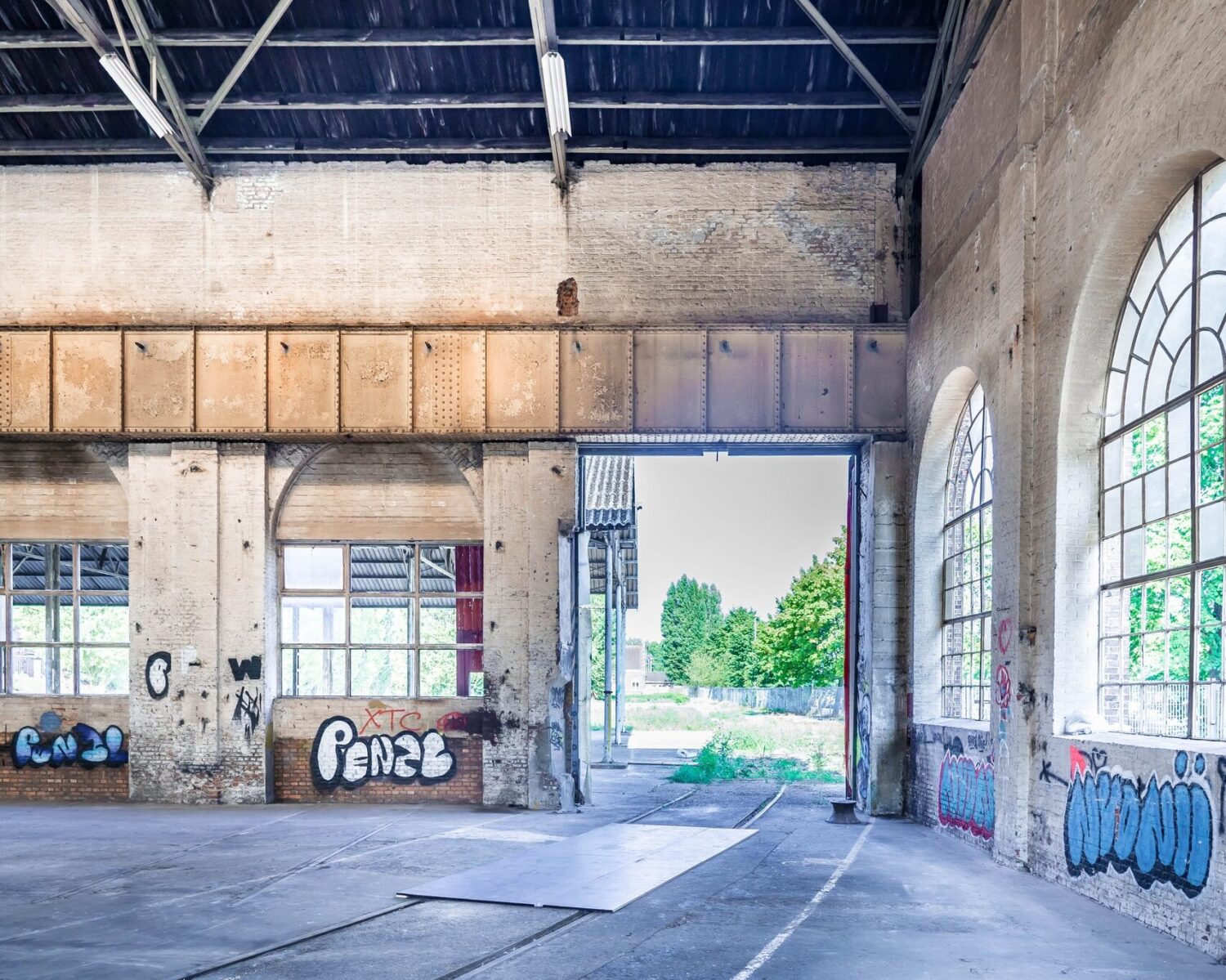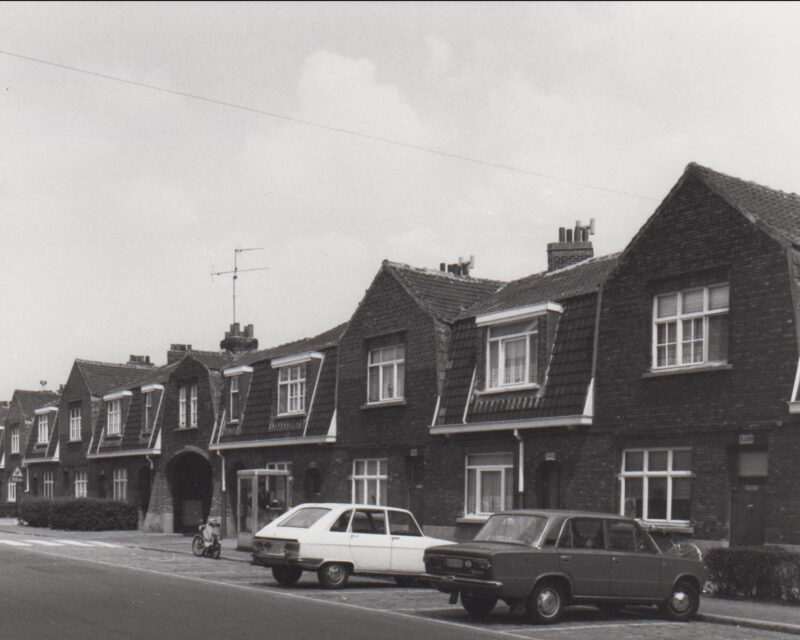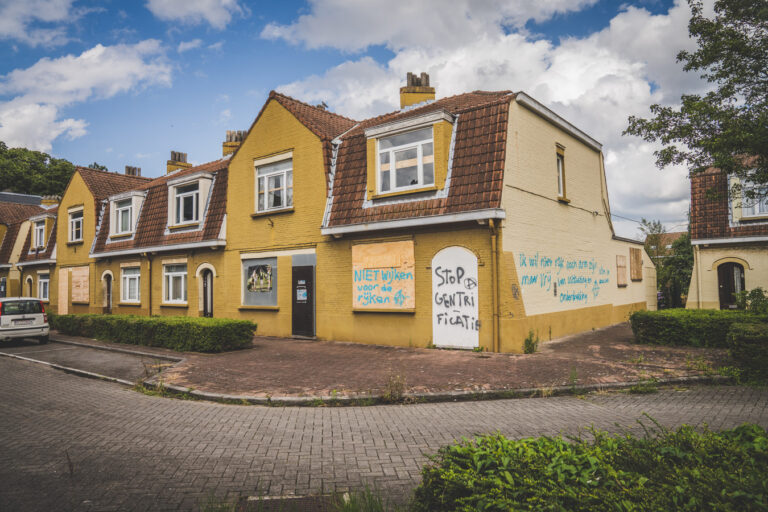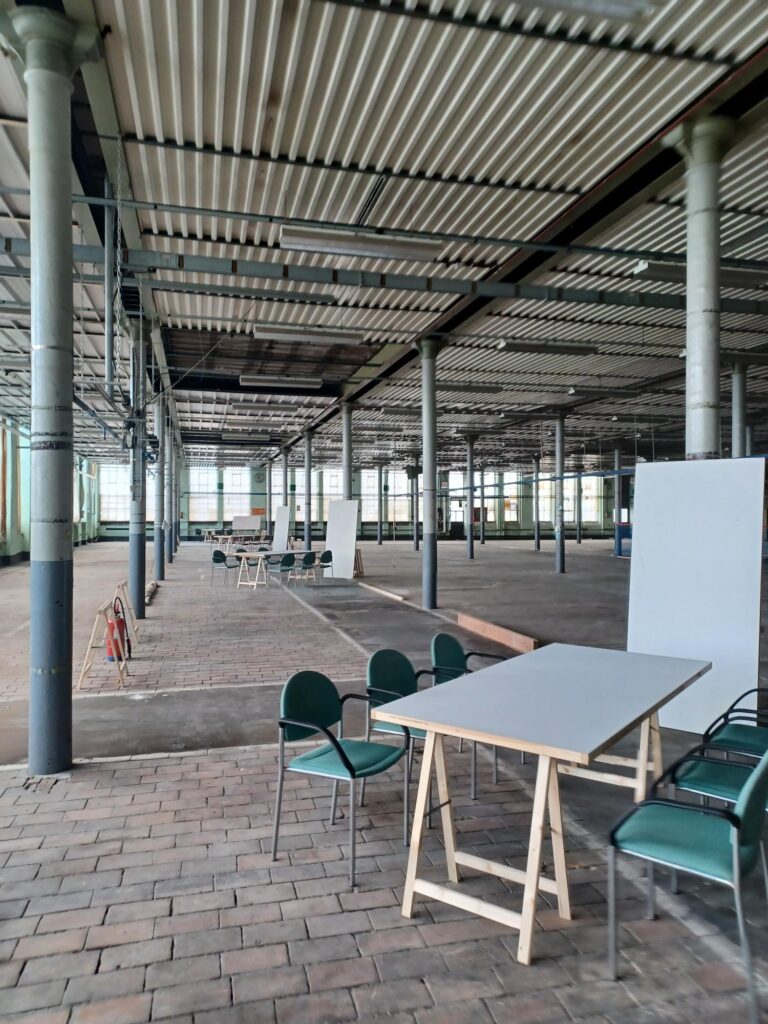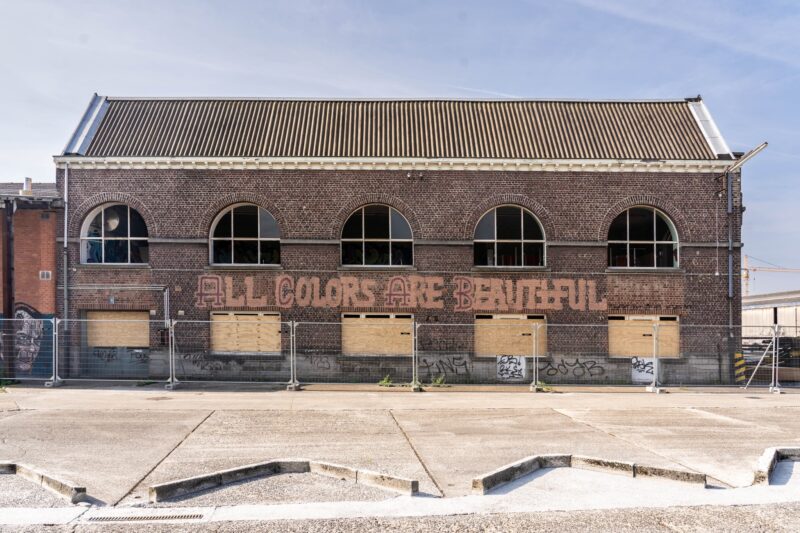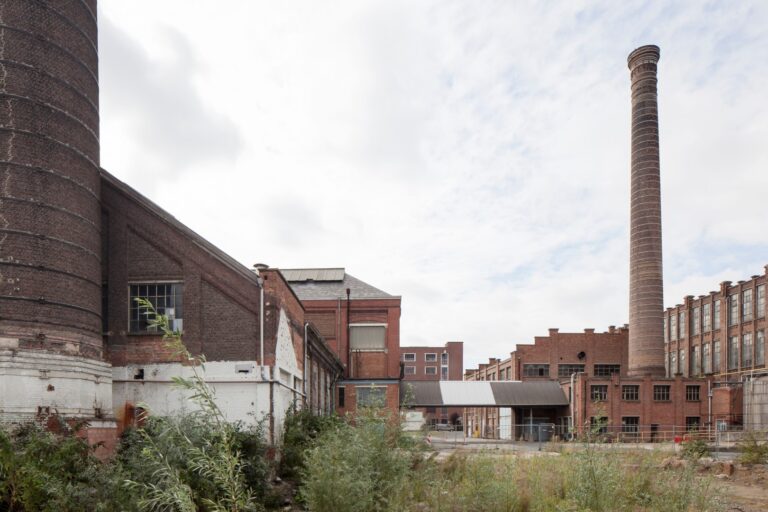
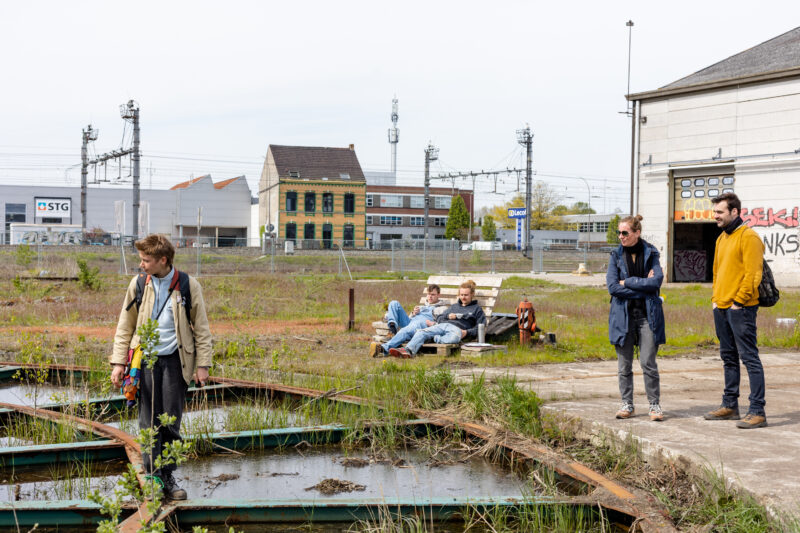

Brownfields – such as the Arsenal site – form an important part of the urban and redevelopment context within Flanders and Europe. There is often some time between the abandonment of (activities on) the site and its eventual redevelopment. Within this time, nature gets to work and the site is inevitably taken up by interesting vegetation (characterised by a mix of native opportunists and typical exotics with mostly an industrial history), together with associated biodiversity: the development of associated communities and ecosystems. This provides interesting information about time and ecology, dynamics and anthropogenically influenced nature. Moreover, it can also provide an interesting starting point for site redevelopment, given the right knowledge and insights are available to designers. What grows and lives on site is maximally adapted to the prevailing conditions. In practice, however, we often see a tabula rasa in the redevelopment of such sites.
At the Arsenal site, we want to work with what is already there and what could be there. With minimal interventions, we aim to maximise the transformation of the site for all human and non-human users. With these interventions, we aim to kickstart nature development and design with dynamics on the site in order to also pursue a longer operation around this theme on the site (education and research). In doing so, we learn to deal with time, dynamics, anthropogenic nature, succession and (re)wilding and to influence all this through experiments with targeted interventions, with limits and possibilities of design and management. In particular, we want to investigate the makeability of nature and the makeability of a place from experiments and creative intervention on the site. Equally, we want to raise the question of how to deal with spontaneous or controlled growth and how, as an architect and designer, you can adopt a rather guiding, restrained and subtle position in such a process and the eventual development of such a site.
In doing so, we want to give students the freedom to design without the usual client, allowing more room for experiment and activism. And ultimately, we want to bring the ecological knowledge accumulated within this project, the knowledge and ways of observation and the dynamics and experimental freedom of this way of intervening into the vision on design for the Bachelor Landscape and Garden Architecture.
(c) Benina Hu
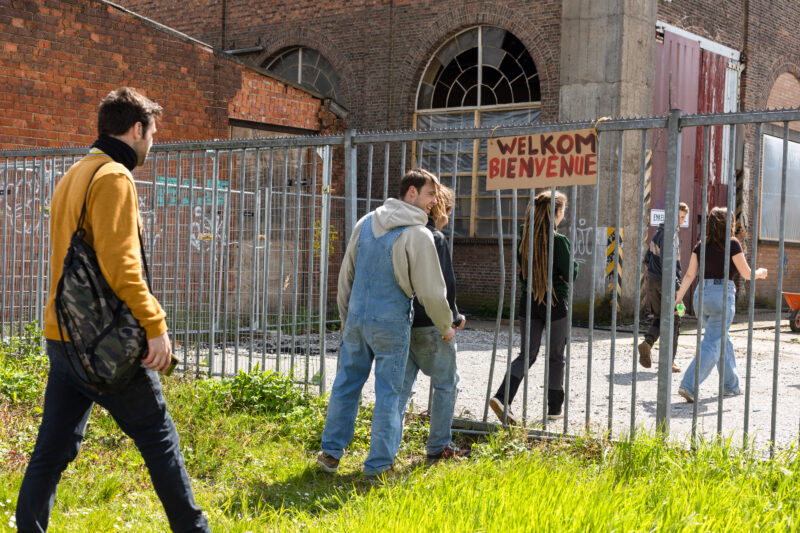
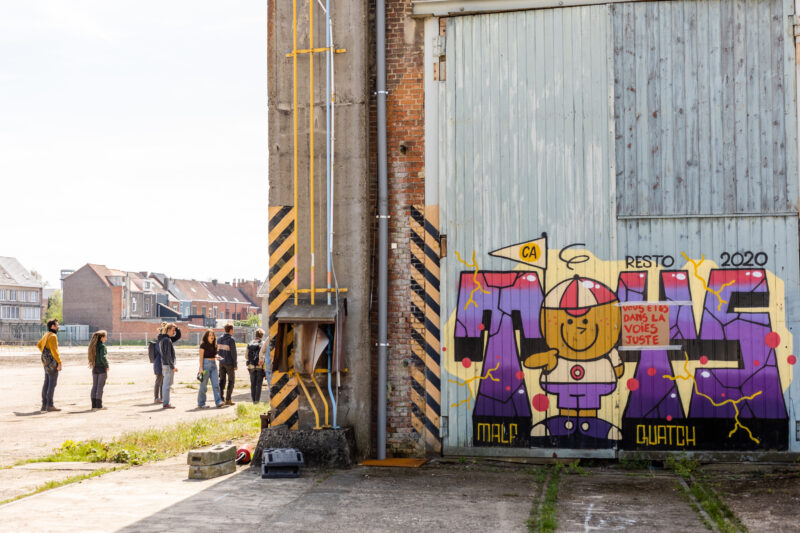
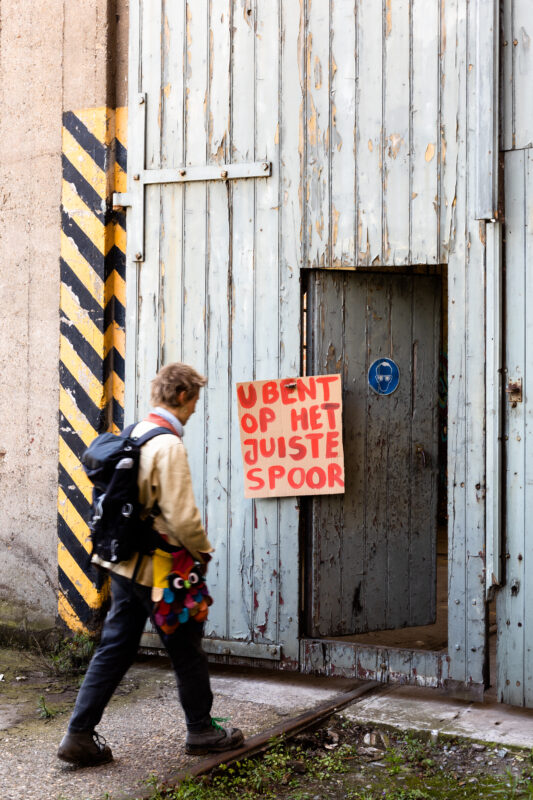
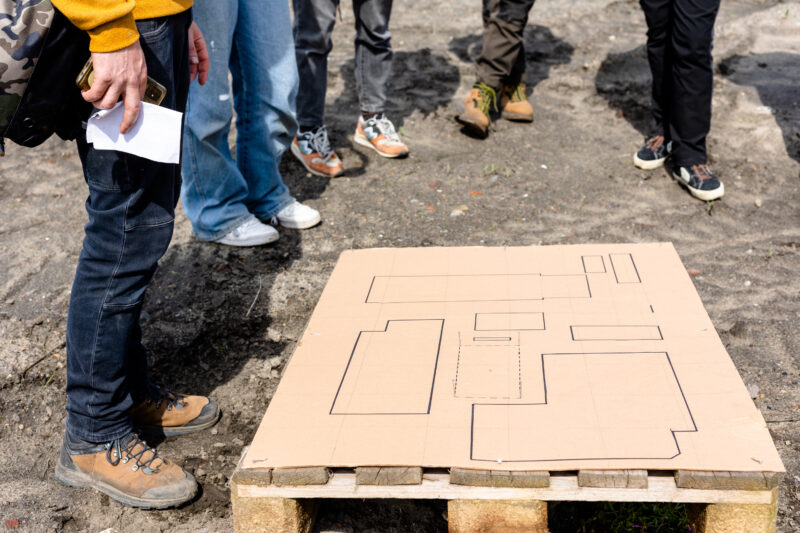

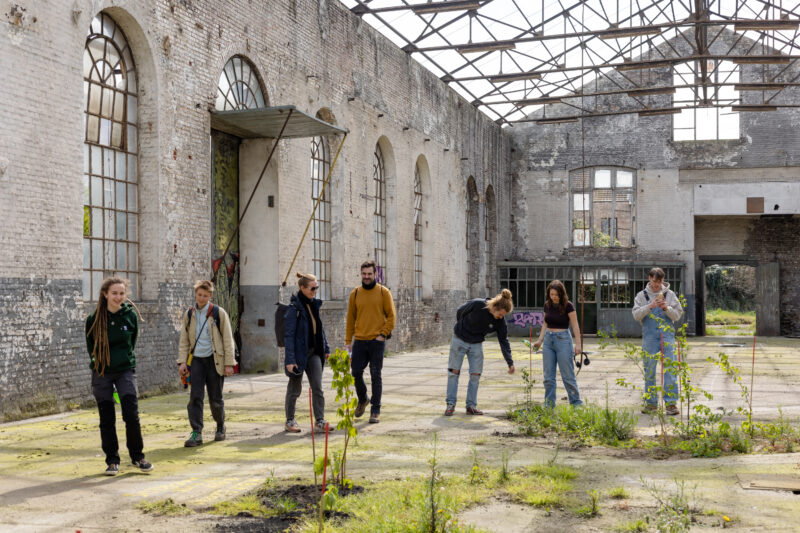
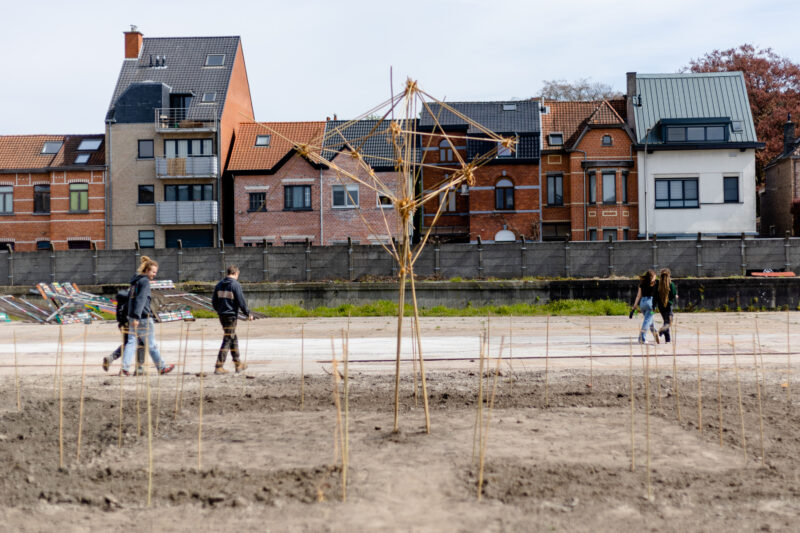
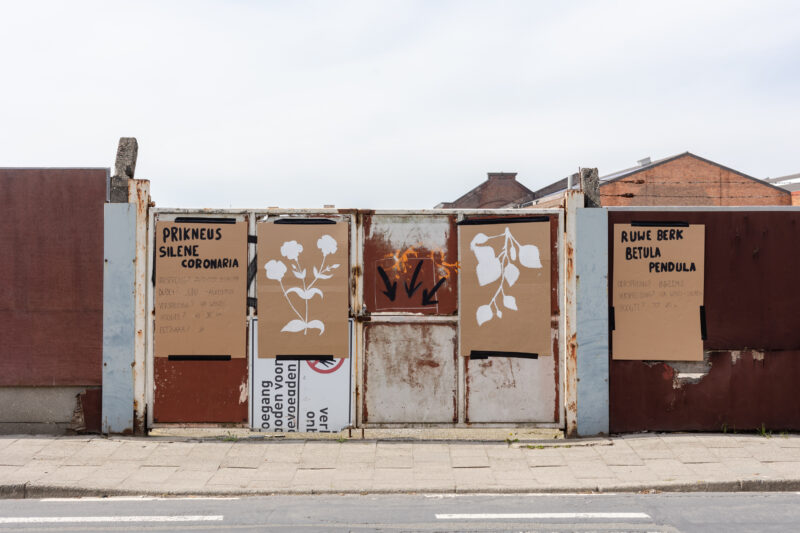

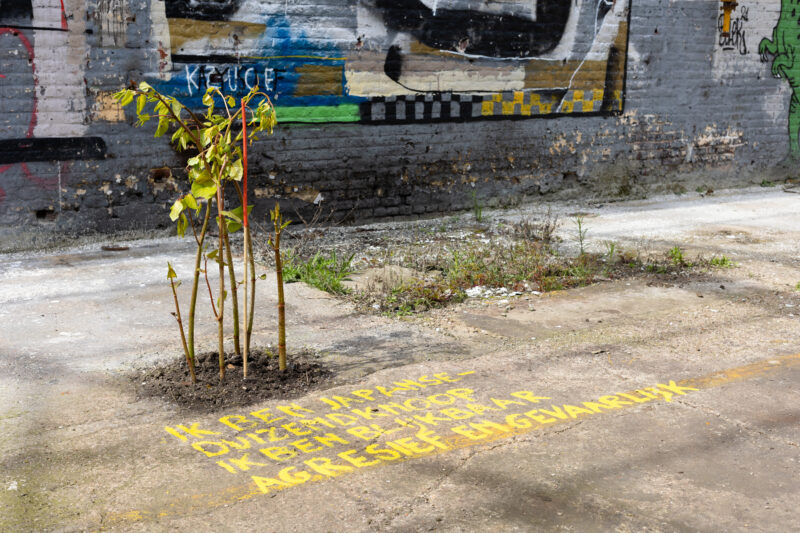
part of:
